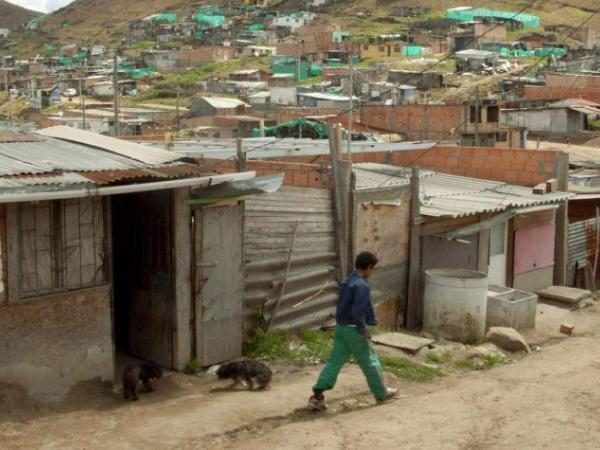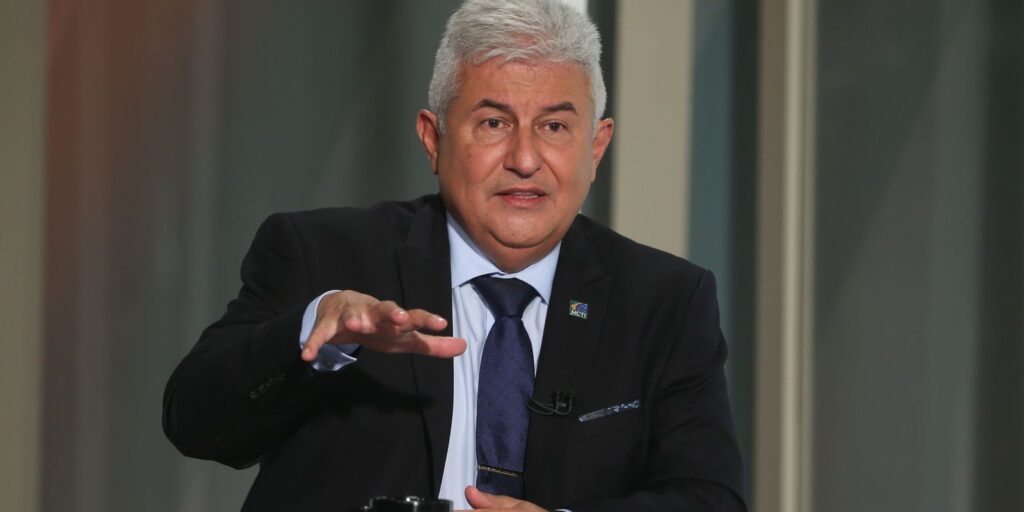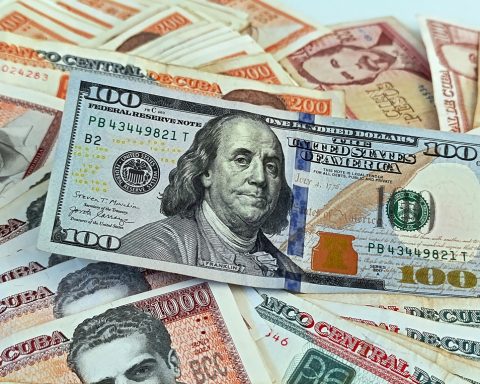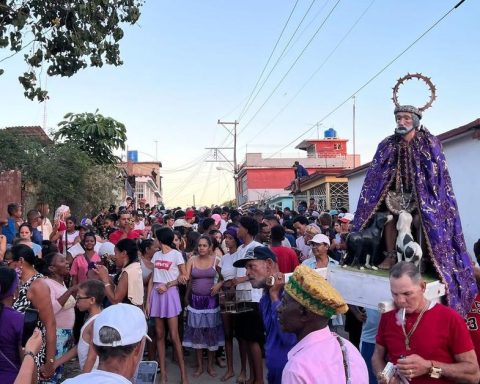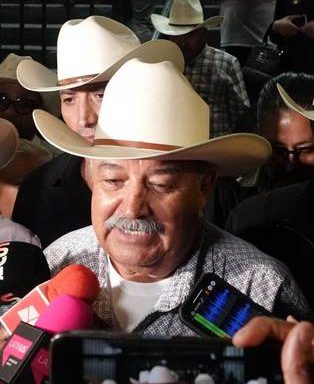According to the latest global report on inequality from the World Inequality Lab (WID.world), the richest 10% of the population receive just over half of annual income streams, while the poorest half receives barely one out of every ten pesos. The distribution of wealth, which is an accumulated stock, is even more unequal: The richest group accounts for 65% of the total wealth, while the poorest half barely owns 4%.
(Current challenges in economic and social policies).
In the case of land with an agricultural vocation, the situation is even more extreme. Of the more than 70 million hectares registered by the Dane, 61% is concentrated in 0.2% of the owners; meanwhile, 3% of the land belongs to 74% of the owners.
A similar imbalance is reflected in the annual environmental footprint. On average, a member of the richest 10% emits about 14 tons of carbon-equivalent gases annually. An individual from the poorest half emits barely 2 tons per year. Gender inequalities are also a pending task for the country, since women receive only 37% of total labor income.
This panorama classifies Colombia as one of the most unequal societies in the world!
ECONOMIC GROWTH AND INEQUALITY
Some consider these levels of inequality to be natural and unavoidable, since they would be necessary for the functioning of the economic system. However, historical evidence suggests that the most prosperous countries are those that have achieved redistribute income, either with direct transfers, implementing social security systems or increasing public spending on education and health.
It is enough to review history to observe that the level of inequality in a country is a political decision and that greater redistribution does not necessarily compromise its economic growth. In the United States, the highest income tax rate was 82% on average between the decades of the 30’s and 80’s, reaching 91% during World War II and 70% when Reagan came to power.
(‘Colombia is the second most unequal country in Latin America’).
The increase in taxation applied to private it allowed a redistribution of resources towards the public sector to, among other things, invest in education. As a result of these policies, in 1970 nine out of ten young Americans had completed their secondary education, while in Europe only two out of ten young people had a high school education.
These redistributive policies did not destroy American capitalism, on the contrary, they coincided with an era of unprecedented prosperity, with low levels of inequality and a level of productivity that was twice as high as in Europe.
For centuries the world has witnessed social movements that have promoted reforms towards greater equality between individuals. In countries such as Germany, France or Sweden, social spending has increased progressively, reaching public social spending close to 30% of GDP. Such is the investment that the welfare states have had in these countries, which have managed to offer quality public goods and services to their population.
REDUCE INEQUALITY
Although there is no perfect formula to address all of Colombia’s problems, there is no doubt that efforts to reduce inequality have been insufficient. Public social spending is limited to 13% of GDP and income tax collection weighs proportionally less on the richest individuals than on the rest of the population.
(Nearly 40% of Bogota citizens consider themselves poor, according to the survey).
There is consensus on some measures to improve national distribution. (1) A progressive dismantling of tax exemptions that mainly benefit large taxpayers; (2) a progressive tax on total net worth; (3) the updating of cadastral appraisals, considering the use and vocation of the land; (4) in the long run, a universal system of quality education and public health to promote social mobility and innovation. An essential requirement for the objective is transparency and free access to data on the distribution of income and wealth. Noteworthy, for example, are the records of tax declarations, the restriction of which compromises the accuracy of the estimates.
The electoral popularity of Gabriel Boric in Chile and Lula Da Silva in Brazil is largely due to the fact that both have managed to give voice to social discontent and promote reasonable solutions to extreme inequality. The harshness of the figures in Colombia, reflected in the informality, misery, indigence and insecurity, has already set off some alarms expressed through the violent social protests in 2021.
The upcoming elections are the opportunity for Colombians, like their neighbors, to express their legitimate aspirations, this time at the polls.
THOMAS PIKETTY
Economist
